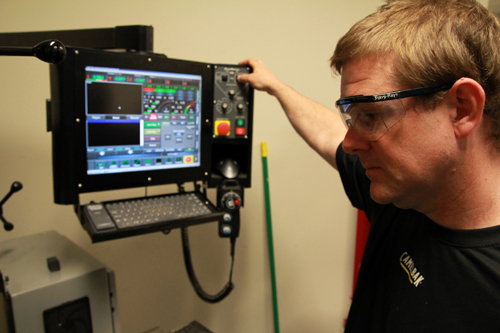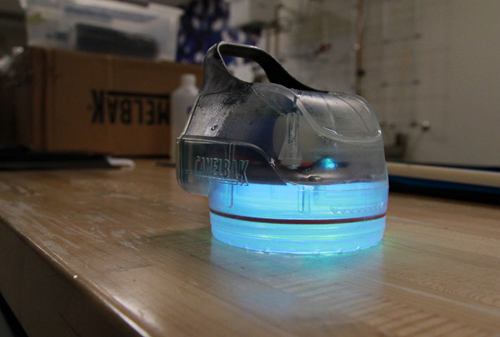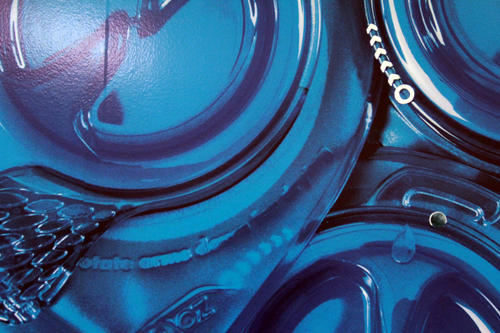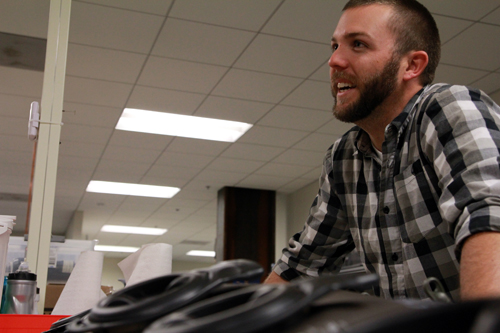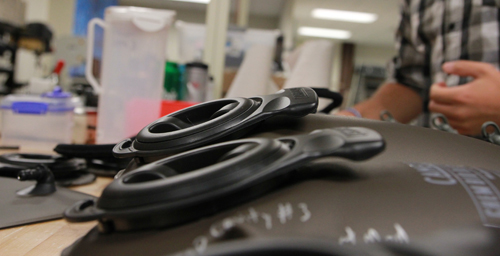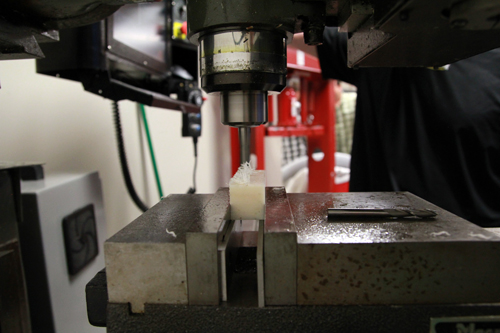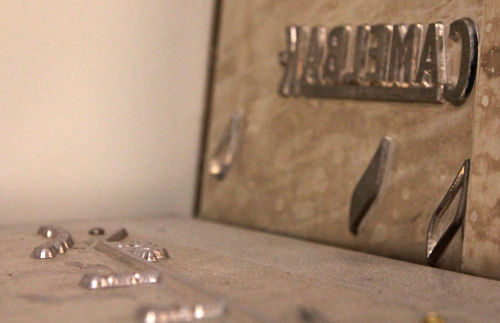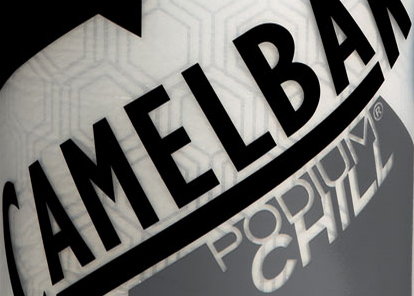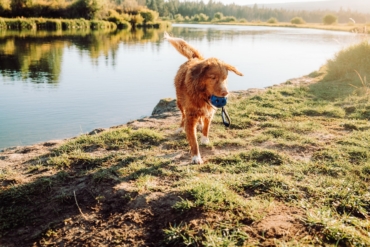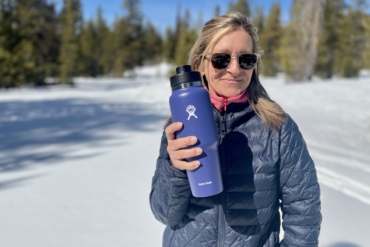Hydration of a sort is often on the mind of a visitor to the Petaluma, Calif., area, which is the headquarters of CamelBak Products LLC. But we’re not talking bike bottles or water from a hydration bladder sucked through a hose. Based in the sunny, rolling hills of California’s wine country, Petaluma is a destination or jumping off point for seekers of local grapes and white and red varietals.
But hydration for active types is very much a part of the local economy, too, as CamelBak Products occupies a giant office building on the edge of a nature preserve. Inside, you’ll see a museum display to CamelBak products of old. (Did you know the company’s first reservoir was made from a medical IV bag!) Showrooms in the building are stocked with to-be-released packs and hydration gear. There’s a big open office area where business is done and in the center of the space sits a good, old-fashioned laboratory to all things hydration.
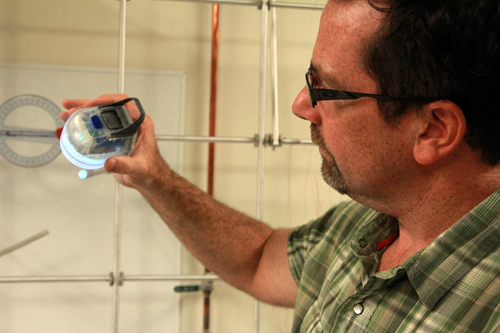
Last week, on a visit to the Bay Area, I drove north to tour CamelBak for a look at prototype products and the company’s lab. With the lab manager Kevin Ostrom and R&D director Jeremy Galten as tour guides we probed at pressurized bottles in a heat test, fired up a drill press, and welded a CamelBak bladder with radio-frequency waves. “No lead apron needed,” Ostrom assured as he flipped a switch and the unit started to hum.

During a three-hour visit I got a glimpse at a line of prototype running products (stay tuned for details in late June!) and saw a gigantic reservoir that can hold gallons of liquid. There was a spread of military-spec bladders impermeable to chemical attacks. (“Years and years in development,” Galten exclaimed.) Despite a request, the company did not allow me to load a file and “print” a concept bottle in its refrigerator-size 3D machine, which wields plastic sheets and whizzing arms to produce life-size and three-dimensional product prototypes in minutes.
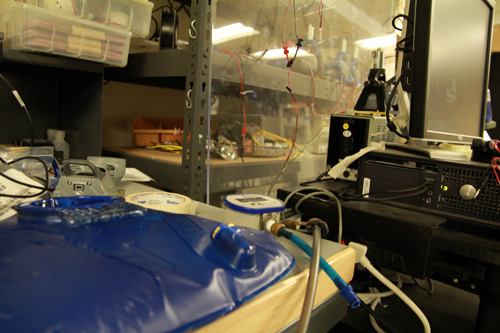
We ended the day with an hour-long road bike ride, gearing up with new CamelBak items and then clipping in to pedal a common company lunch route. We coasted through Petaluma and then uphill on a rutted road, the waft of agriculture and wine country on the air. I down-shifted on an incline and took a sip from my hose — plain, cold water flowed from my reservoir, not wine.
—Stephen Regenold is editor of GearJunkie. He wrote about Clif Bar & Company’s headquarters in the post “Temple to Energy Food.”

